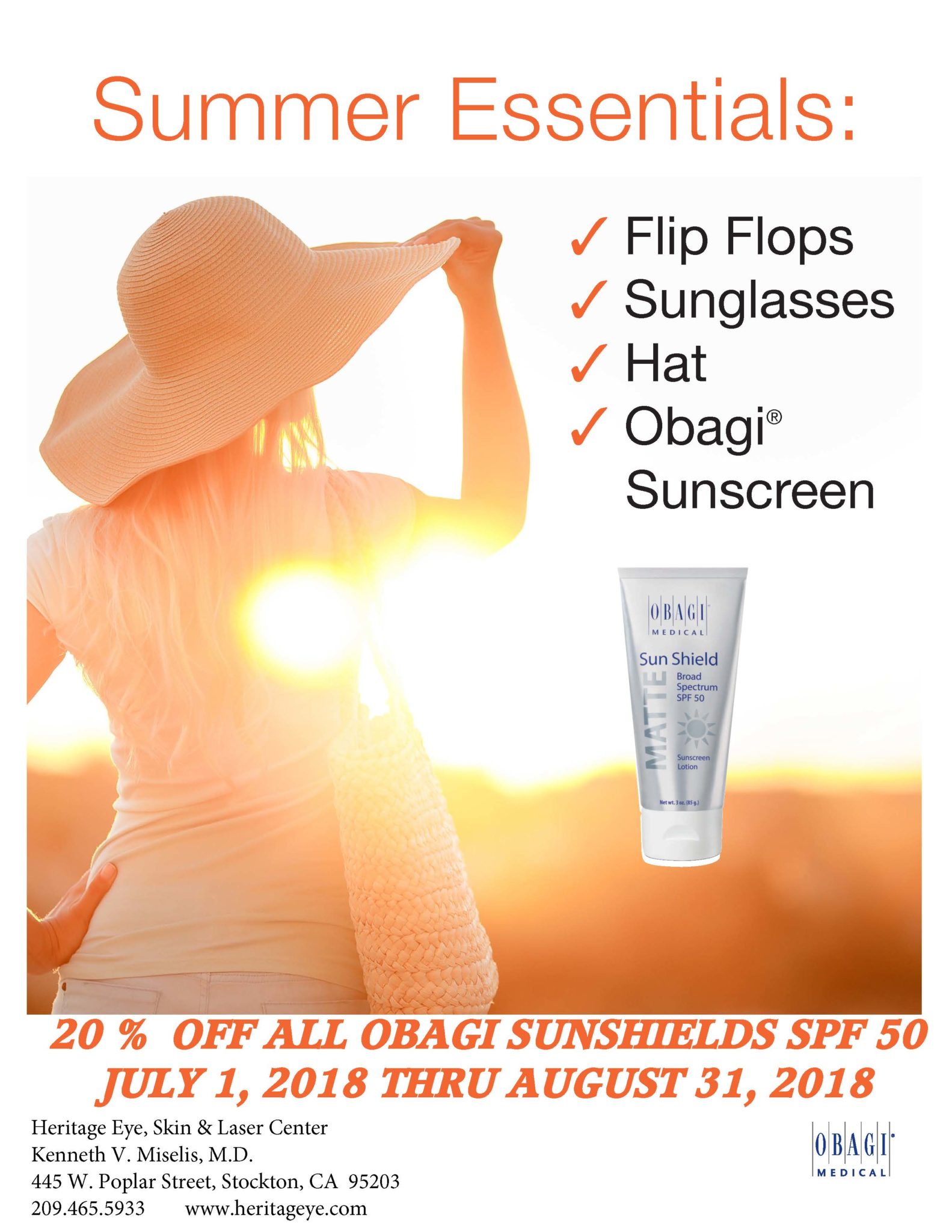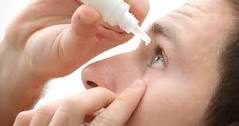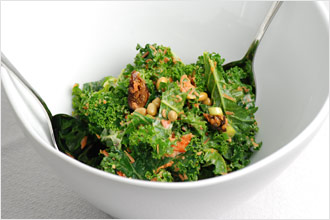
Eye-Opening Study: Relationship Between Glaucoma and Poor Sleep
A study of more than 6,700 people in the United States over age 40 who answered a survey about their sleep revealed possible connections between glaucoma and sleep problems.
Glaucoma is a disease of the optic nerve. Damage to this nerve—which is responsible for sending signals from the eye to the brain so you can see—often goes unnoticed until an eye exam reveals the nerve damage and related vision loss caused by glaucoma.
The study examined data from the 2005-2008 National Health and Nutrition Examination Survey. The study participants were glaucoma patients with evidence of optic nerve damage and vision loss in some portions of their visual field. Participants were examined using fundus photography to see the optic nerve and automated visual field testing to check for areas of vision loss.
Respondents to the sleep questions of the survey reported their experiences with the following:
- Amount of time slept
- Difficulties falling asleep
- Sleep disturbances (waking up during sleep)
- Having diagnosed sleep disorders, including sleep apnea
- Use of sleep medication
- Problems with sleepiness during the day
The study found an association between having glaucoma and having various sleep problems. Among the findings:
- People who slept for 10 or more hours a night were three times more likely to have glaucoma-related optic nerve damage than those who slept 7 hours a night.
- People who fell asleep in 9 minutes or less, or those who needed 30 minutes or more to fall asleep, were twice as likely to have glaucoma than those who took 10-29 minutes to fall asleep.
- The odds of having missing vision were three times higher among people who got 3 or fewer or 10 or more hours of sleep per night, compared with those who got 7 hours a night.
- People who said they had trouble remembering things because of daytime sleepiness were twice as likely to have visual field loss than those who said they were not sleepy during the day and did not notice memory problems.
- People who said they had difficulty working on a hobby because they were sleepy during the day were three times more likely to have vision loss than people who reported no problems working on hobbies and no daytime sleepiness.
“This study is interesting in that it adds to other research looking at the association between glaucoma and sleep problems,” says Michael Boland, MD, PhD, one of the study’s authors and a glaucoma specialist at the Wilmer Eye Institute of the Johns Hopkins University School of Medicine in Baltimore, MD.
“We already know that doctors should talk with their patients about the importance of healthy sleep for good overall health. With studies like this, we can add that glaucoma may be related to sleep health issues,” says Dr. Boland.
The American Academy of Ophthalmology recommends that everyone should see an ophthalmologist for a baseline medical eye exam at age 40. This is the age when early signs of eye disease (like glaucoma) and vision changes can begin.
Seniors who are worried about the cost of an exam can visit the American Academy of Ophthalmology’s EyeCare America program page to see if they are eligible for a no-cost eye exam.










